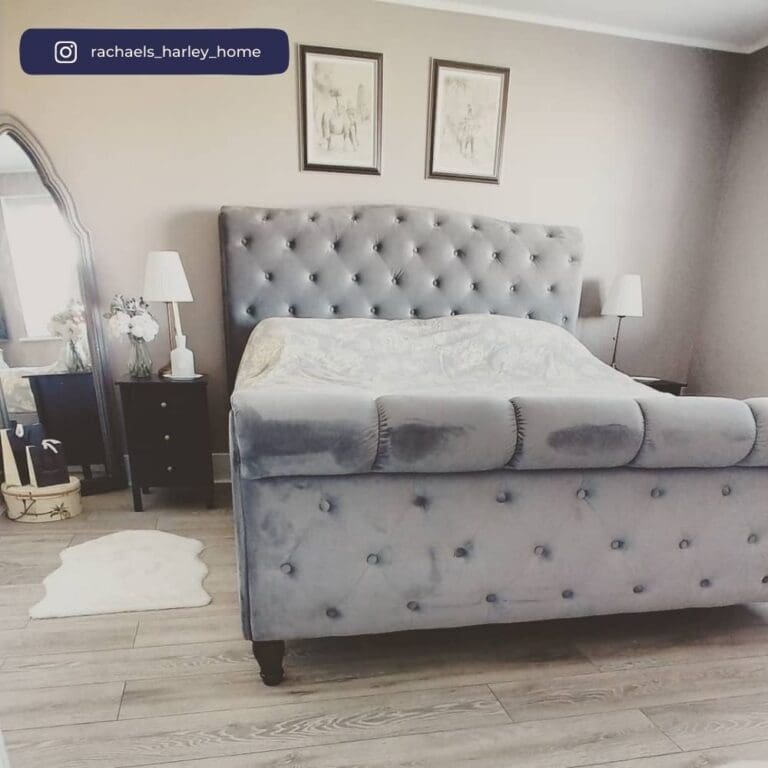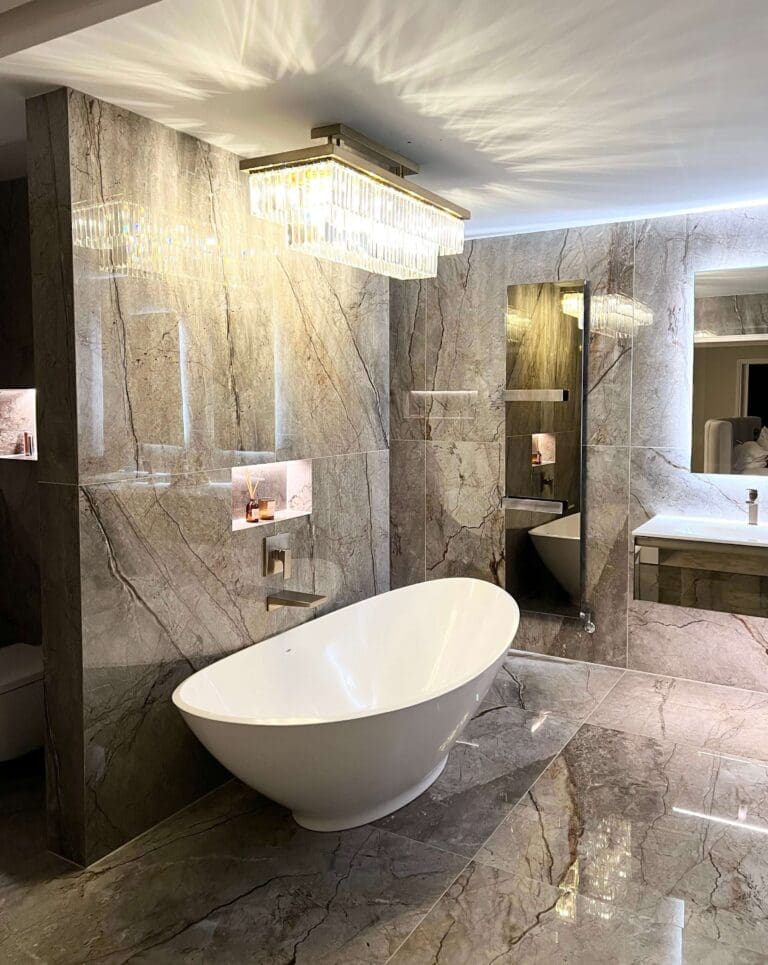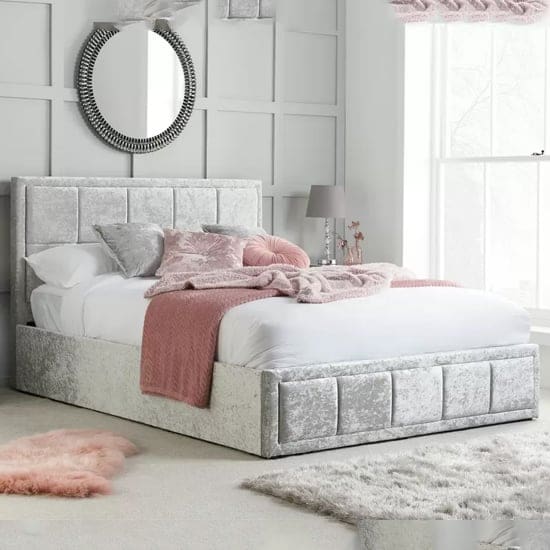When you’re feeling down, sometimes there’s nothing like a little home improvement. After all, your abode is where you spend most of your time—it should be a place that makes you feel good! Your home environment can have a huge impact on your wellness, mood and energy levels. So if you’re not getting the most out of your home, it’s time to make some changes.
But what exactly does that mean? Well, what we mean to say is that there are many different elements that make up a great room design—and it’s not just about how much space is available or how much money you can spend on new furniture.
We asked our team of experts to share some of their favourite simple interior design changes that can help boost your mood and help you get through even the toughest days. Check out their awesome ideas below!
1. Bring in some plants into your home.
Houseplants are not just pretty, they’re good for you.
Studies have shown that houseplants can reduce stress levels, improve concentration and productivity (by up to 15%), and boost your mood—all while adding a little green to your day.



Nature offers enormous advantages for our mental health, and many of us found how important it is for happiness throughout the pandemic’s lengthy months of lockdowns and quarantines. Being in nature may induce pleasant feelings, relieve stress, and bring serenity into our daily lives – and although artificial plants are obviously not exactly natural, they do lift a room in much the same way as real plants can.
2. Rearrange your furniture
The way you arrange your furniture in your home directly impacts your mood and the overall vibe of your home. If you’re feeling tense, stressed, or anxious, try rearranging the layout of your space.
Whether you’re moving into a new place or redecorating an old one, moving around some furniture can make all the difference in creating a relaxing, peaceful ambience.
Here are some tips:
- If you want to create a cosy mood, try putting your couch up against a wall and moving your coffee table over to the opposite side of the room so that it’s facing away from the entranceway. This creates more of an intimate space where you can snuggle up with someone special or curl up with a good book.
- If you have children or pets who like to run around everywhere, consider placing chairs around an empty area of floor and letting them play there instead of on top of your new rug (or fancy new hardwood floors). This way they’ll stay off of delicate surfaces while still having fun!


3. Choose multi-functional furniture.
If you’re looking to create a spacious, clutter free space that will help you clear your mind and relax, then there’s no better option than multi-functional furniture.
Multi-functioning furniture is exactly what it sounds like: a piece of furniture that can serve multiple purposes. This means that instead of having several different pieces of furniture in your room, all with their own functions and purposes, you can use one piece to do everything.
Having these options will help keep your home from feeling too cramped and overwhelming—and having this much flexibility can even help your stress levels!




4. Say NO to clutter.
Clutter is one of the biggest culprits when it comes to stress, and it can easily start to pile up if you don’t take steps to prevent it.
The more clutter you have, the more stressed you are likely to feel.
To keep you home clutter-free, follow these tips:
Be mindful of your clutter habits. Regularly ask yourself these questions:
What do you usually do after buying something or after receiving something in mail?
Do you ensure that dirty laundry always reaches the hamper or the laundry basket and not piling on the floor or on the couch?
Where do you often put candy wrappers, food containers, etc. you’ve finished them? Do they go straight to the bin?
After reading a book, do you store them back again in your bookshelf?
Identify the areas most prone to becoming disorganised and untidy. Is it the living room? Your bedroom? Your home office?
Check the clutter and ask yourself how they landed there. Don’t you have enough storage? Do you always use them? If not, what do you plan to do with them?
Train yourself to learn the difference between wants and needs. This will not only help in ensuring a clutter free home, but will also help you save some money.

5. Introduce a lovely scent into your home.
Let’s face it: sometimes, you just need a little pick-me-up. Whether you’re feeling a little down, or just need something to cheer you up on a bad day, an aromatherapy diffuser can sure do the trick.
Aromatherapy diffusers use essential oils to fill your room with aromatic scents that are proven to improve mood and relieve stress.
You may also use scented candles to create a soothing ambience while adding a little luxe to your space. There’s nothing like a well-placed scent to change the mood of a room. The right fragrance can make you feel calm, relaxed, energised or even a little bit sexy.
According to recent studies, introducing a scent or aroma into your working environment, sleeping environment or living space can have a meaningful impact on your health. Just make sure to consider which aromas you choose and how they impact on your mood.
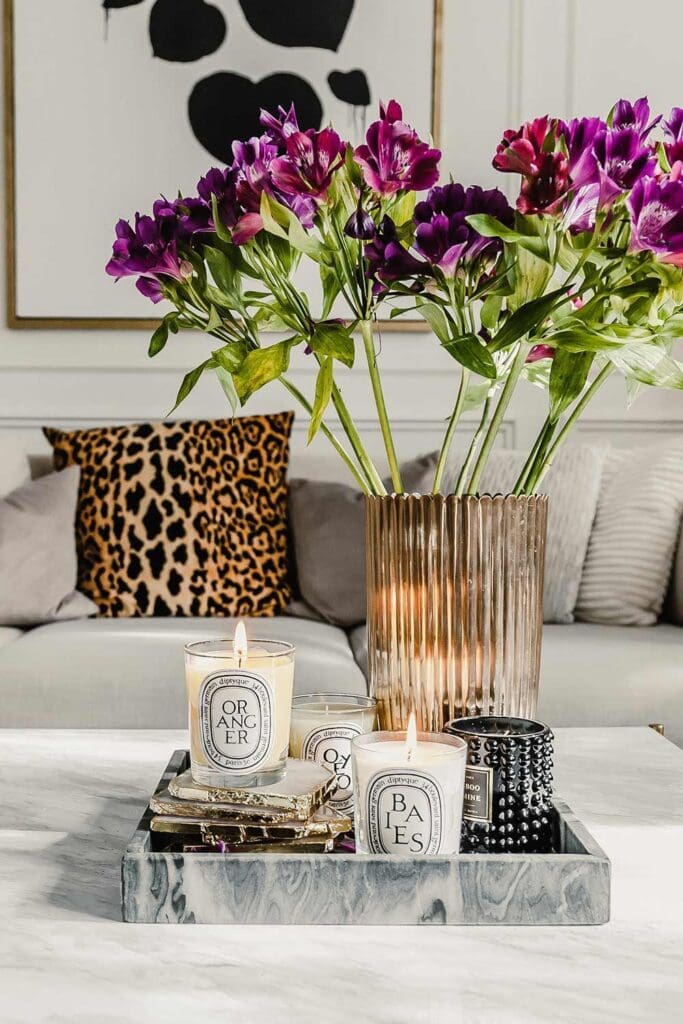
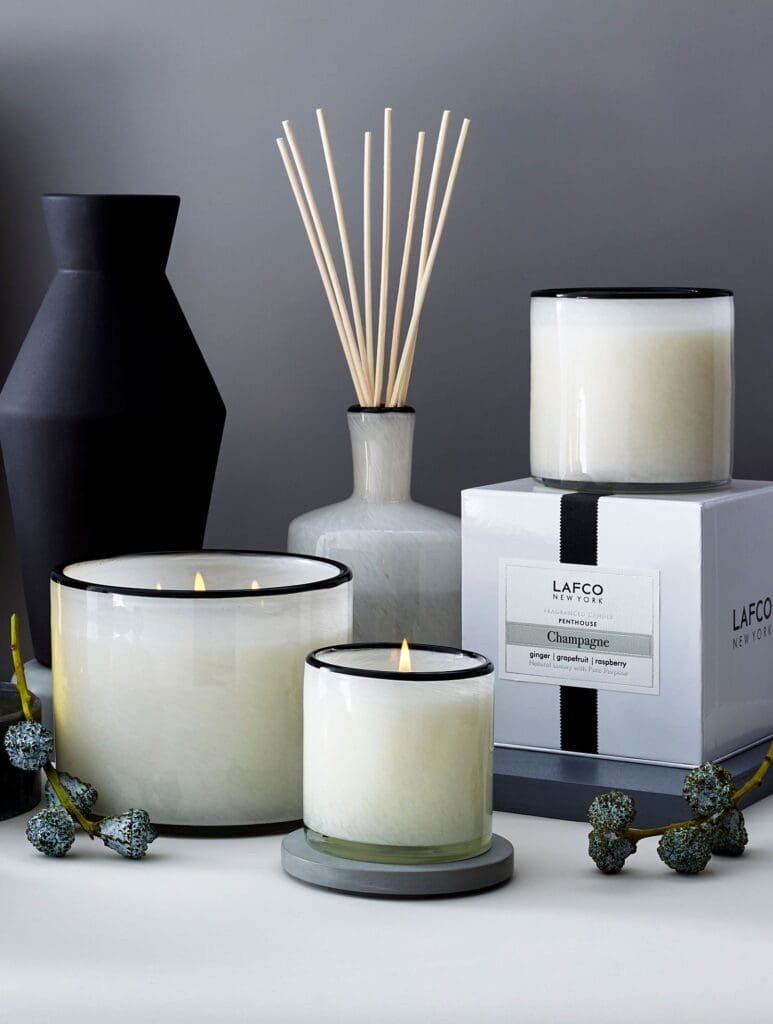
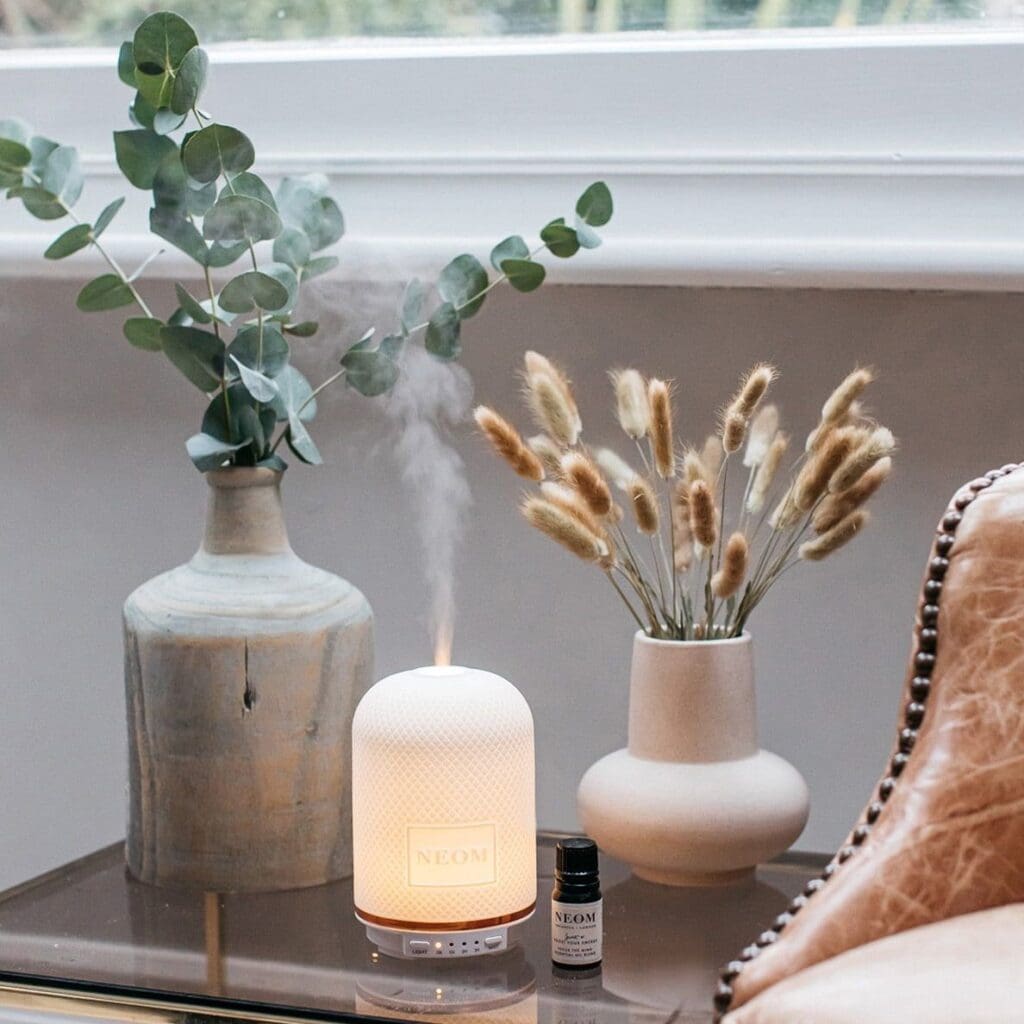
6. Place a cheerful or calming artwork on your wall.
Art is a form of therapy. Surrounding yourself with artworks that bring you joy and represent your personality fosters feelings of relaxation, creativity, and inspiration. It is also proven to improve your day-to-day mood.
It’s no secret that art can have a positive impact on our emotions and moods. Art therapy is the process of using art to heal the mind and body. It’s been used since the mid-20th century, and it’s become more popular in recent years as research has shown its benefits for both mental and physical health.
Creating art and even just looking at art can increase positive emotions and decrease negative ones, which can be helpful for people who are struggling with mental health issues such as trauma, depression or anxiety.

7. Ambient lighting can calm you down.
Our emotions are significantly heightened by lighting. You may improve your mood, lower your risk of depression, and feel more upbeat by changing the lighting in your home. According to a recent study published in the Journal of Consumer Psychology, increased house illumination can elicit both pleasant and negative emotions in people. For instance, a bright light might make people feel uneasy, but a low light can help them feel more relaxed. Use dimmers or adjustable bulbs if possible to replace harsh illumination with soothing substitutes.


8. Choose mood-boosting colours.
Colour is not just about aesthetics—it’s about emotion! Without a doubt, the colour of your space can affect your mood and influence how you feel. The right colour scheme can instantly change how you feel about your surroundings; it can make you feel calm or energised; it may stimulate your creativity or it can make you feel sleepy.
When it comes to creating a calming and relaxing atmosphere in your home, neutral colors are an excellent choice. While neutral colors may seem bland or boring at first glance, they can actually have a significant impact on your mood and emotions.

Beige
This warm and inviting hue is known for its ability to create a cosy and comfortable ambiance. Beige is associated with feelings of calmness, relaxation, and warmth, making it an excellent choice for bedrooms, living rooms, and other spaces where you want to unwind.

Grey
Another great neutral colour for boosting your mood. This versatile hue can range from light and airy to dark and dramatic, making it a popular choice for a variety of design styles. Gray is associated with feelings of balance, stability, and sophistication, making it an excellent choice for home offices, dining rooms, and other spaces where you want to feel focused and productive.


Yellow
This bright and sunny hue is known for its ability to create a cheerful and optimistic ambiance. Yellow is associated with happiness, positivity, and energy, making it an excellent choice for any room in your home.

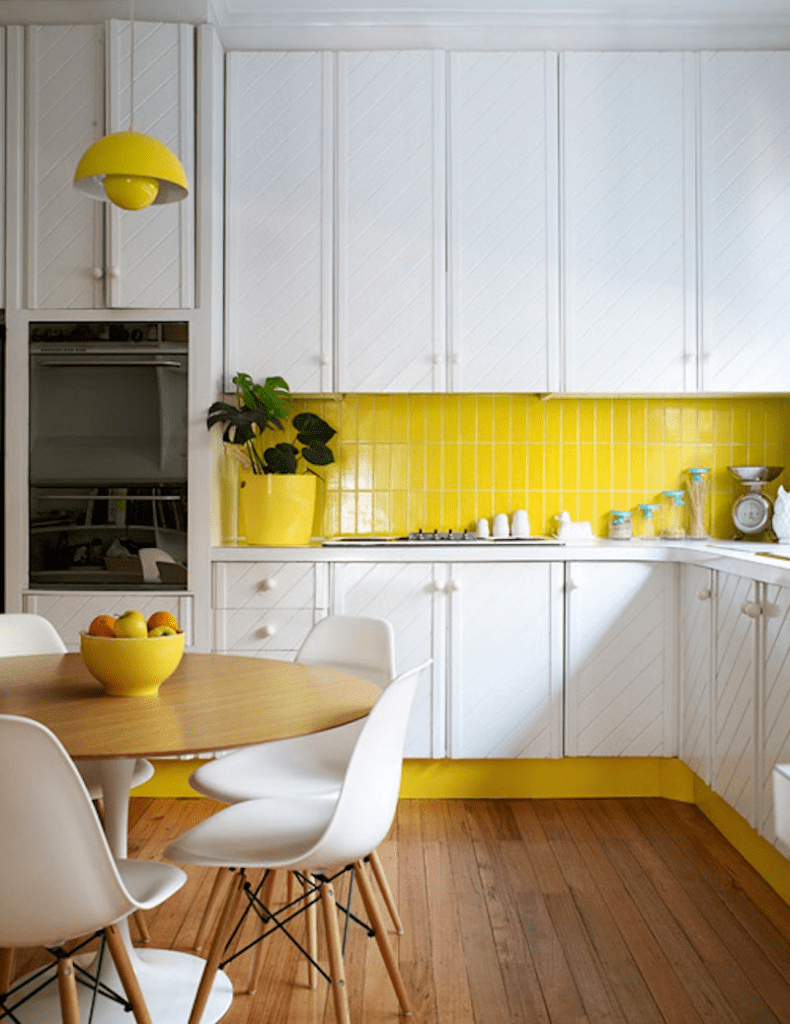
Blue
This soothing hue is known for its calming and relaxing effects, making it ideal for bedrooms, bathrooms, and other spaces where you want to unwind and de-stress. Blue is also associated with feelings of serenity, trust, and stability.
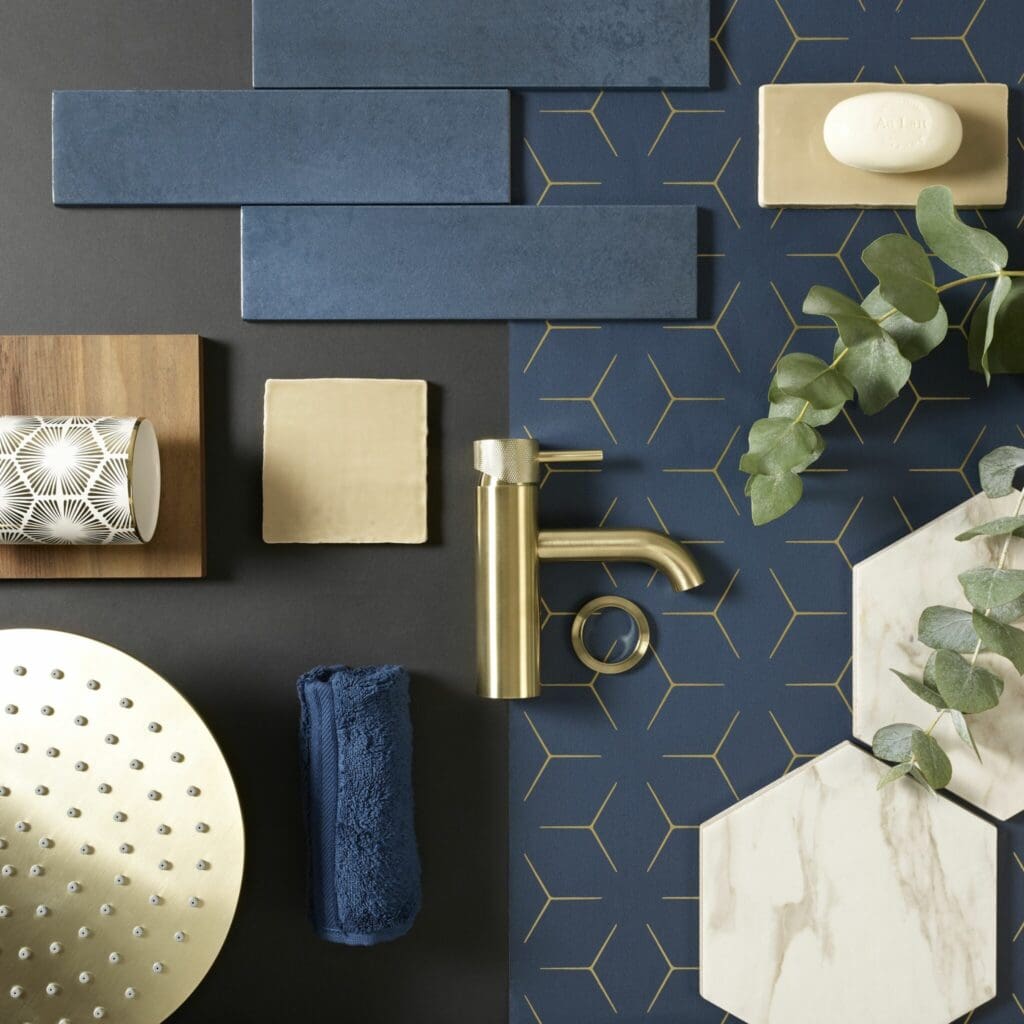
Green
If you want to add a pop of colour to your home, consider using green. This refreshing hue is associated with nature, growth, and harmony, making it an excellent choice for creating a peaceful and rejuvenating ambiance. Green is also known for its ability to reduce stress and anxiety, making it a popular choice for home offices and study spaces.
For a more detailed guide about colour psychology, click this link:
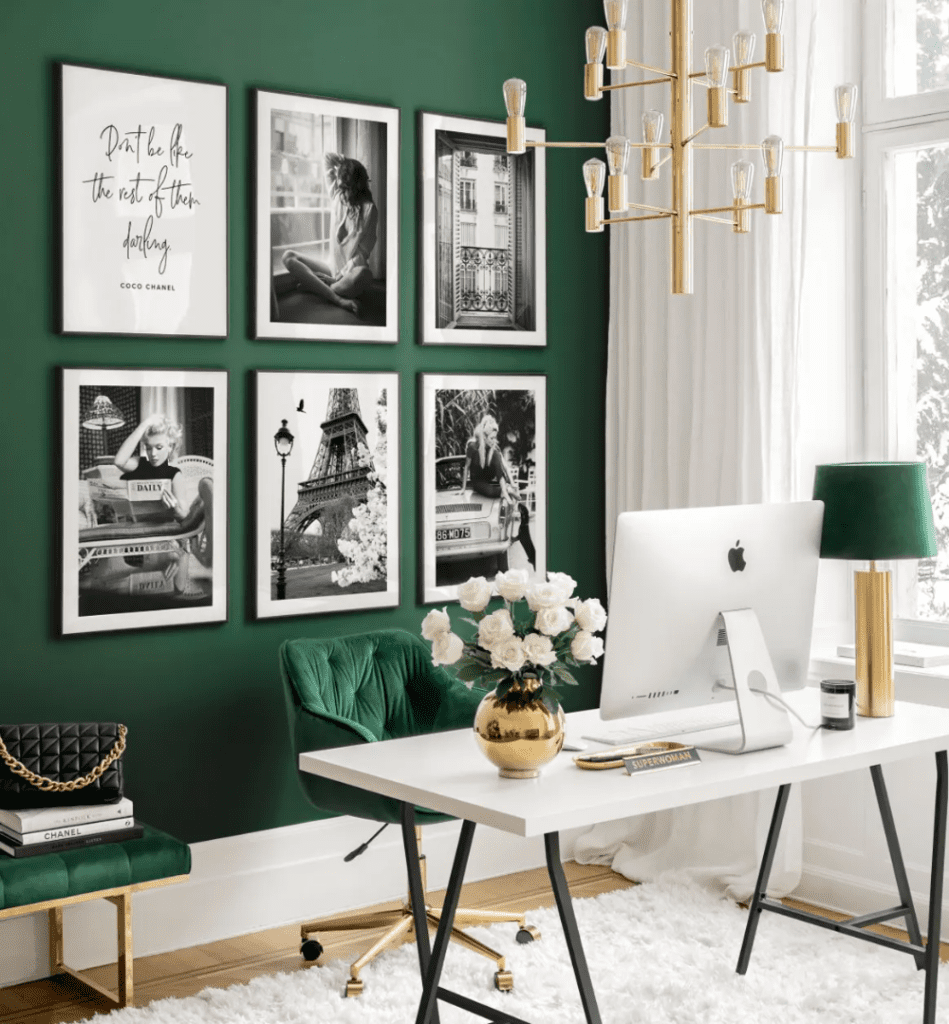
Conclusion
In conclusion, it is remarkable how simple interior design changes can help boost your mood. By just rearranging your furniture, bringing in natural elements, creating a cosy ambiance, or decluttering your space, you can significantly enhance the look and feel of your home. These minor changes can have a positive impact on your mental health, making you feel more relaxed, productive, and happy. So, if you are feeling down or stressed, try implementing some of these simple interior design tips and watch your mood lift in no time. Remember that your home should be a sanctuary, and with a little bit of creativity and effort, you can transform it into a space that reflects your personality and nurtures your well-being.
